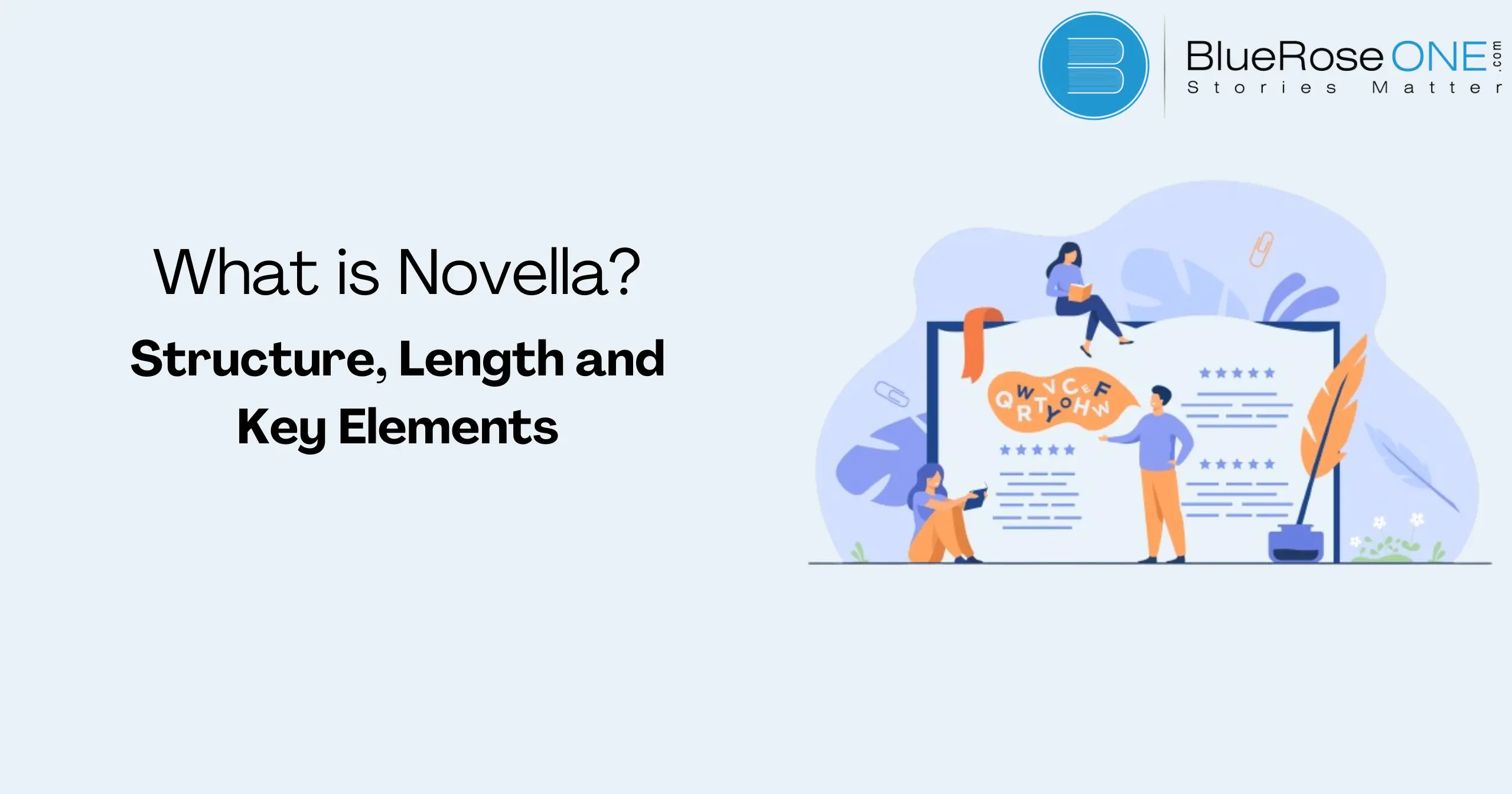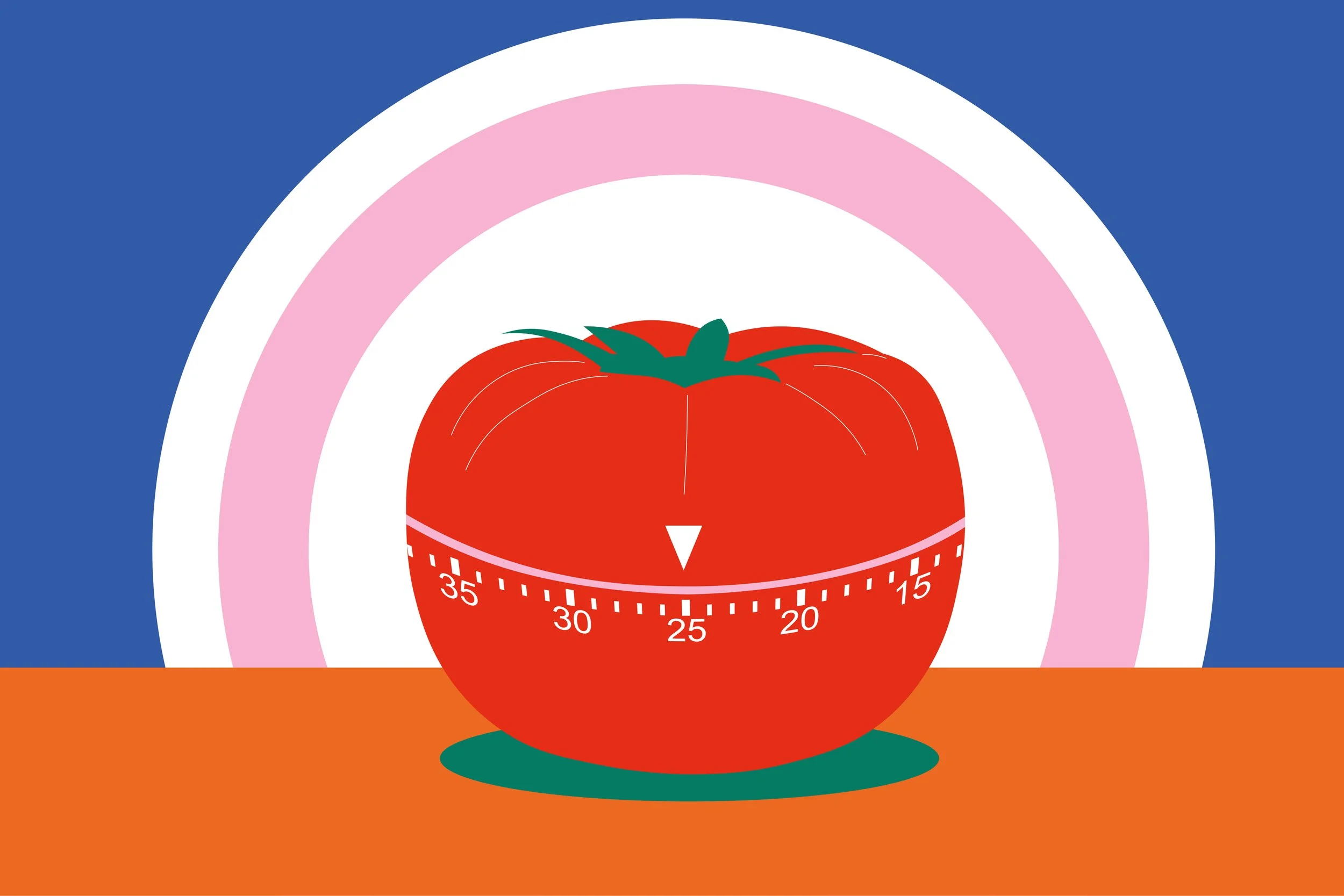
For those of you who might not know, a novella is essentially the middle ground between a novel and a short story. It’s too long to be considered a short story, but it’s much shorter than a novel. In this article, I’m going to share my experience with novellas, explain why this format is so appealing to both writers and readers, and dive into what makes a novella stand out.
What Exactly Is a Novella?

Before we go deeper, let’s start with the basics. A novella is typically between 20,000 and 50,000 words long. It’s a short enough length that you can finish it in one sitting or over a weekend, but it still gives you the space to develop characters, plot, and themes in more detail than a short story would allow.
For comparison:
-
A short story is usually under 20,000 words, often focusing on a single event or character arc.
-
A novel generally exceeds 50,000 words and allows for deeper world-building, subplots, and multiple character perspectives.
Novellas tend to focus on a single plot or idea. The length is enough for the author to flesh out a concept, explore a theme, and make an impact on the reader without the complexity of a full-length novel.
I remember when I finished reading “Animal Farm” by George Orwell – I was stunned at how much was packed into such a short length. It was the perfect example of a novella that didn’t waste a single word but still left a lasting impression.
Why Write a Novella?
Now, let’s talk about why someone might choose to write a novella instead of a full-length novel or a short story.
1. Efficiency in Storytelling
A novella forces the writer to be concise. With fewer words to work with, you can’t afford to waste time or veer off into unnecessary subplots. This constraint can often lead to a stronger, more focused narrative.
I’ve found this very liberating in my own writing. There’s something about knowing that you don’t have to stretch the plot across hundreds of pages. You can get right to the heart of the story, make a point, and move the reader in a relatively short amount of time.
2. More Depth than a Short Story
One of the things I love about novellas is that they allow you to go deeper into character development than you would in a short story. With short stories, you often have limited space to explore character backgrounds and motivations, but in a novella, you have just enough room to provide more context and build a connection with the characters.
It’s like a cozy middle ground. You get to expand on the nuances of your characters, dive into their emotions and actions, without the endless pages of a novel.
3. A Sense of Accomplishment
There’s also something immensely satisfying about finishing a novella. It’s the perfect challenge for someone who’s a little daunted by the idea of writing a full-length novel but still wants to experience the satisfaction of completing a significant work. It’s like running a 5K versus a marathon – you get the thrill of finishing something substantial, but it doesn’t take years to achieve.
The History of the Novella
Novellas have a long and interesting history, often linked with some of the world’s most beloved literary works. Classic novellas like “The Metamorphosis” by Franz Kafka and “The Great Gatsby” by F. Scott Fitzgerald have left a lasting impact on the literary world. These shorter works demonstrate the power of storytelling in a more condensed format.
The origins of the novella can be traced back to the Italian Renaissance, with works like Boccaccio’s “Decameron” and Ariosto’s “Orlando Furioso” helping shape the genre. Over time, the novella found its place in the modern literary world, with writers such as George Orwell, John Steinbeck, and Kurt Vonnegut embracing the form.
What I love about novellas is their ability to pack so much meaning into so few pages. The brevity is part of their beauty. They’re quick to consume but often leave you thinking about them long after you’ve finished.
Key Features of a Novella
What makes a novella different from a short story or a novel? While there’s no hard and fast rule, there are some key characteristics to look for when identifying a novella:
1. Single, Central Theme
A novella typically focuses on a singular, central theme or conflict. There’s little room for sprawling subplots. Everything in the novella is directed toward one purpose, and the theme tends to be explored in depth. The brevity of the form forces writers to cut away everything that doesn’t directly serve that theme.
2. Compact Plot
The plot of a novella tends to be straightforward, without the multiple twists and turns that you might find in a novel. There’s usually one primary conflict, and the narrative moves steadily toward resolution. However, this doesn’t mean that novellas can’t be layered or complex – they often use their brevity to tackle a single idea in a nuanced way.
3. Character Focus
Unlike novels, which can develop a large cast of characters, novellas tend to focus on a small number of characters – often one or two. This focus allows for more in-depth character exploration than a short story might offer, but it’s not as sprawling as what you’d find in a novel.
The Appeal of Novellas for Readers
From a reader’s perspective, novellas offer a quick yet satisfying literary experience. They’re perfect for those times when you want to read something substantial but don’t have the time to commit to a full-length novel. Many readers enjoy novellas because they can offer a complete, self-contained story in a short amount of time.
I’ve often found myself reading novellas between longer books. They’re a great way to scratch that reading itch without requiring the same time commitment as a 400-page novel. Plus, they’re often the perfect size for a weekend read or a vacation companion.
Writing Your Own Novella: Tips to Get Started
If you’re interested in writing a novella, here are a few tips that helped me get started:
-
Focus on One Idea: Don’t try to tackle too much. Pick one central theme or conflict, and let that drive your plot. A novella is the perfect space for exploring a single idea in-depth.
-
Keep It Tight: Every sentence should serve a purpose. Unlike novels, you don’t have the luxury of extra pages. Make sure every scene moves the story forward.
-
Character Development: With fewer characters, take the time to really develop them. Dive into their motivations, conflicts, and arcs.
-
Don’t Rush the Ending: A novella can still have a meaningful conclusion. Give yourself enough time to bring the story to a satisfying close.
Conclusion: Why Novellas Should Be on Your Radar
Novellas are often overlooked in favor of novels or short stories, but they’re one of the most rewarding literary forms out there. As both a writer and a reader knowledge, I’ve found that novellas provide a perfect balance – not too long, not too short, but just right. They offer depth, complexity, and emotion, all within a relatively short, manageable format.
So if you’re a writer looking for a challenge or a reader seeking something quick yet meaningful, give novellas a try. You might just find your next favorite story tucked into those 20,000 to 50,000 words.







